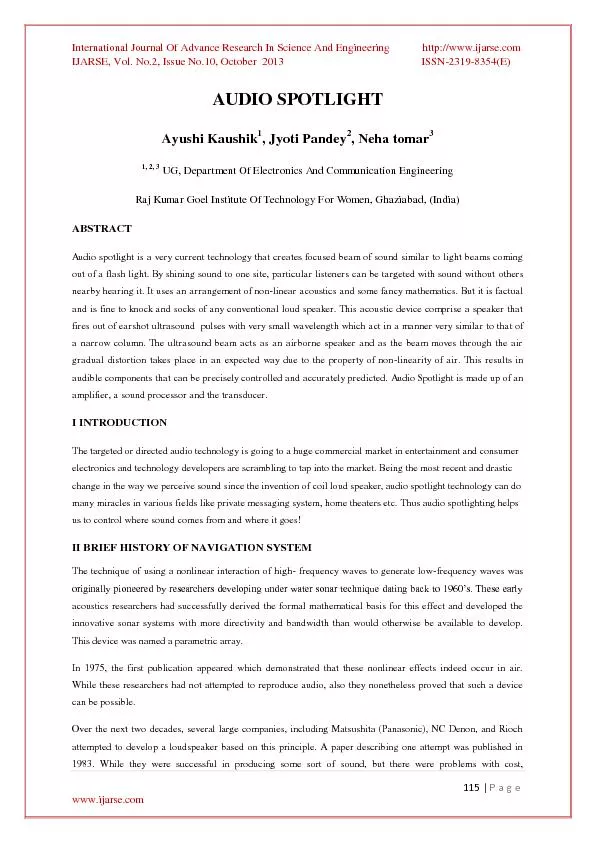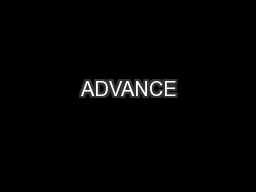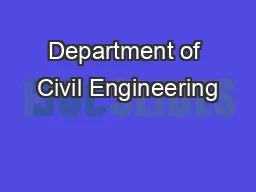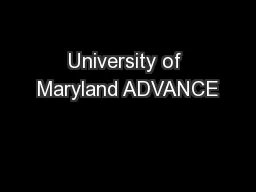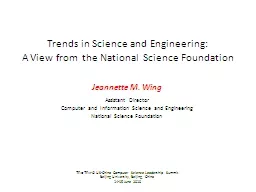PDF-International Journal Of Advance Research In Science And Engineering
Author : pamella-moone | Published Date : 2016-08-06
IJARSE Vol No2 Issue No10 Octob er 2013 ISSN 2319 8354E 115 Page wwwijarsecom AUDIO SPOTLIGHT A yushi Kaushik 1 Jyoti Pandey 2
Presentation Embed Code
Download Presentation
Download Presentation The PPT/PDF document "International Journal Of Advance Researc..." is the property of its rightful owner. Permission is granted to download and print the materials on this website for personal, non-commercial use only, and to display it on your personal computer provided you do not modify the materials and that you retain all copyright notices contained in the materials. By downloading content from our website, you accept the terms of this agreement.
International Journal Of Advance Research In Science And Engineering: Transcript
Download Rules Of Document
"International Journal Of Advance Research In Science And Engineering"The content belongs to its owner. You may download and print it for personal use, without modification, and keep all copyright notices. By downloading, you agree to these terms.
Related Documents

